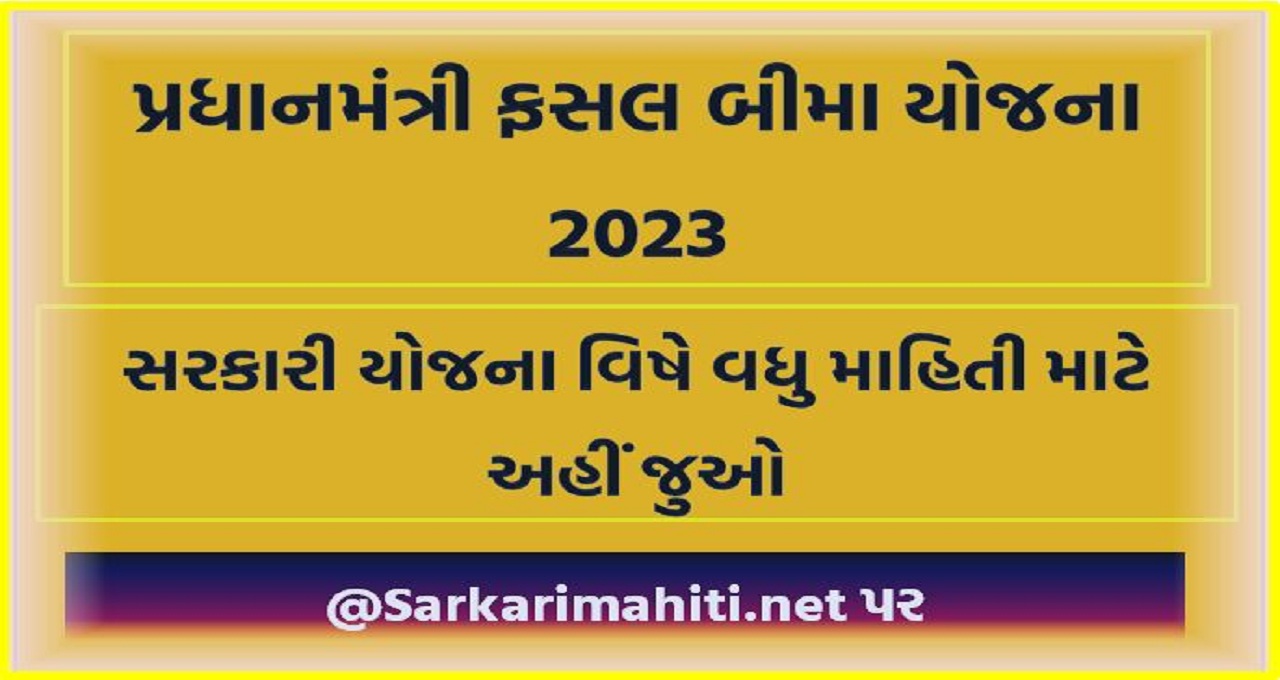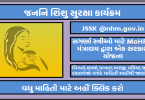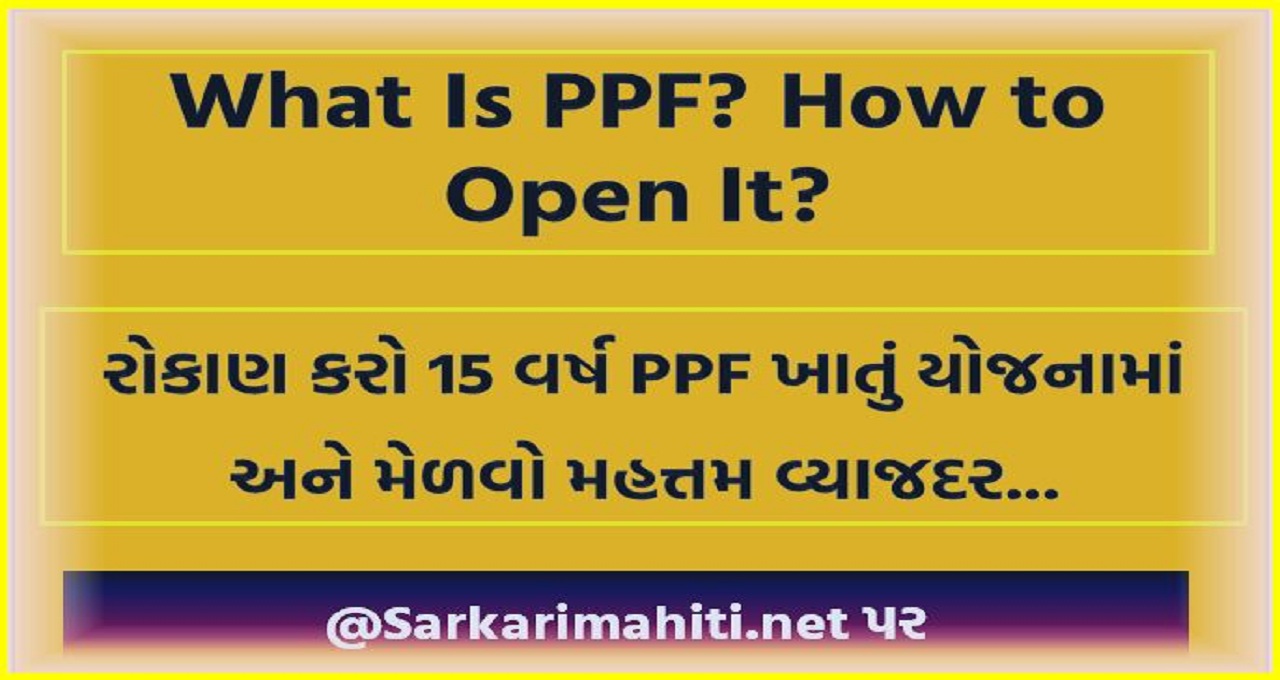Chiranjeevi Yojana In Gujarat
The hospitals are paid 1600 rupees per delivery. The hospitals may offer additional services to patients and charge separate fees for them. By 2012, approximately 800 private-sector hospitals were participating and the program had helped pay for more than 800,000 deliveries.
Lead researcher Manoj Mohanan from Duke University along with his team surveyed 5,597 households in Gujarat to collect data on births that had occurred between 2005 and 2010.
Key program components
Under the scheme the government contracts private providers that volunteer to render their services by signing a memorandum of understanding with the district government. In return, they receive an advance payment to commence services and are compensated at about $4,500 per 100 deliveries (normal, caesarean, or with other complications). Any qualified private provider with basic facilities, such as labor and operating rooms, and access to blood and anesthetists can enroll in the program after a thorough orientation. CY beneficiaries are enrolled through their family health workers. The scheme uses the existing cards issued to families living below the poverty line by the rural development department of the state government to access services. In the first six months since the launch of the scheme, each provider performed 116 deliveries on average. The institutional delivery rate has increased to more than 81% from about 54.7% in 2005-2006. CY’s long-term goal is to achieve an institutional delivery rate of 95% by 2012.
Also View : Full Detail All Sarkari Yojana
Key program components include:
Benefits Package: CY uses demand-side financing to provide families living below the poverty line with access to a comprehensive benefits package that covers both direct and indirect costs, including free delivery (with no condition exclusions), free medicines after delivery, and transport reimbursement. In addition, it offers support to the attendant in exchange for lost wages. The payment method and formula encourage providers to reach a certain volume of work, avoid complicated transaction costs, and create a disincentive for unnecessary Caesarian sections.
Contract Management: CY’s district management authorities require participating doctors to maintain a case file for each patient they serve. Weekly records of the deliveries conducted by the providers are submitted to local authorities and the block (subdistrict) health officer, who regularly visits beneficiaries to monitor service quality and addresses grievances. Payment to providers is also made through block health officers based on instructions from district authorities. All districts send a monthly report to state authorities for review and feedback.
District Management Capacity: CY employs a decentralized management model that engages health officials at four government levels (state, district, block, and village) as facilitators and organizers of health services. To implement the scheme statewide, officials at various levels play interlinked and overlapping roles. These roles are divided into state level (statewide planning, implementation, and monitoring of the scheme), district level (districtwide implementation, provider enrollment and orientation, provider compensation, and report collection), block level (registration of beneficiaries, bill collection from providers, and overall supervision), and village level (motivating expectant mothers to use institutional delivery and facilitating their visit).







